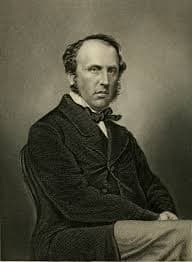
Viceroys of India (1858–1947)
A Viceroy in British India was the representative of the British Crown who governed India on behalf of the monarch after the Government of India Act, 1858, which ended the rule of the East India Company following the Revolt of 1857.

(Pic: Lord Canning)
- Lord Canning (1858–1862) – Became first Viceroy after 1857; passed Indian Councils Act 1861.
- Lord Mayo (1869–1872) – Assassinated in Andaman; established Mayo College.
- Lord Lytton (1876–1880) – Hosted Delhi Durbar, passed Vernacular Press Act.
- Lord Ripon (1880–1884) – Known for Local Self-Government and Ilbert Bill.
- Lord Dufferin (1884–1888) – Oversaw Formation of INC (1885).
- Lord Curzon (1899–1905) – Carried out Partition of Bengal, revived ASI.
- Lord Minto II (1905–1910) – Introduced Minto-Morley Reforms 1909.
- Lord Hardinge II (1910–1916) – Shifted Capital from Calcutta to Delhi (1911).
- Lord Chelmsford (1916–1921) – Passed Montagu-Chelmsford Reforms, witnessed Jallianwala Bagh.
- Lord Irwin (1926–1931) – Signed Gandhi-Irwin Pact, saw Dandi March.
- Lord Willingdon (1931–1936) – Oversaw Government of India Act 1935.
- Lord Linlithgow (1936–1943) – Longest-serving; saw WWII & Quit India Movement.
- Lord Wavell (1943–1947) – Proposed Wavell Plan, held Simla Conference.
- Lord Mountbatten (1947) – Last Viceroy; oversaw Partition and Independence.